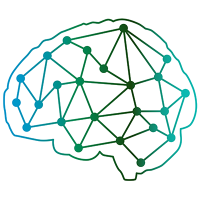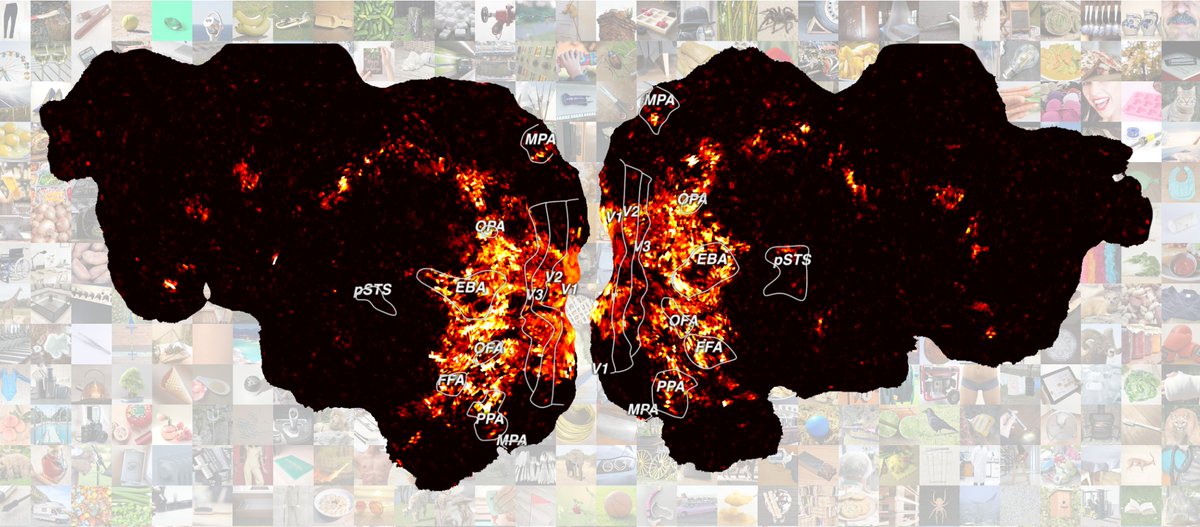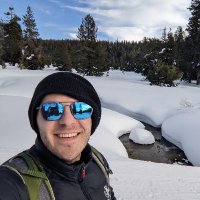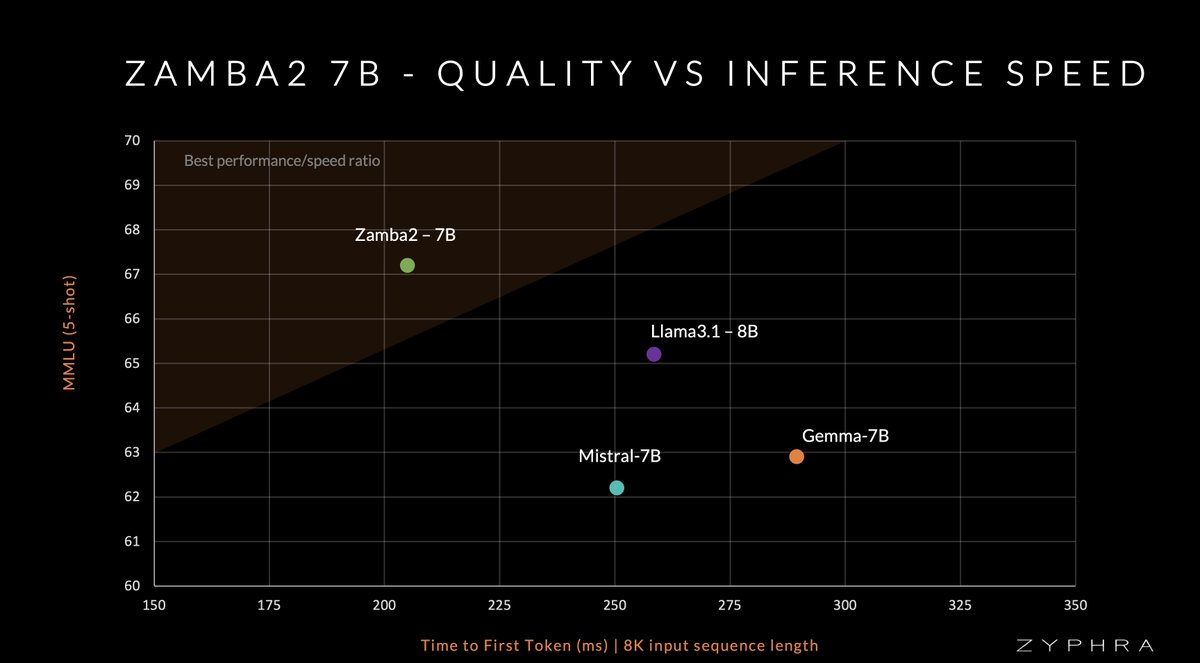
Florian Mahner
@florianmahner
PhD candidate with @martin_hebart at @MPI_CBS. Interested in artificial and biological vision. Also spent time @DondersInst, @bccn_berlin, @UniOsnabrueck.
ID: 1018752192617041920
https://florianmahner.github.io 16-07-2018 07:00:24
167 Tweet
114 Followers
325 Following


Our new preprint "PAM: Predictive attention mechanism for neural decoding of visual perception" introduces a novel approach that learns output queries. Beneficial if queries are n/a, as in neural decoding! w/ Lynn Le Artificial Cognitive Systems Dr. Yağmur Güçlütürk Umut Güçlü biorxiv.org/content/10.110…



Tuesday 27th (11:30 Aussie time) I'll share some initial results on my project on neural representations in the macaque visual system. Work with Martin Hebart & others. Check out my talk if you're at biomag2024. And I'll be around in Sydney until 10th Sept if you want to chat!

Humans think in many #dimensions at a time 🧠📷When seeing objects, our #brain uses not just one, but a multitude of behaviorally relevant dimensions, like Oliver Contier & Martin Hebart Universität Gießen show in Nature Human Behaviour: tinyurl.com/426j696e


Hugely excited that this work with Martin Hebart and Chris Baker is now out in Nature Human Behaviour !!! By moving from a category-focused to a behaviour-focused model, we identified behaviourally relevant object information throughout visual cortex. nature.com/articles/s4156…



My 2nd to last #neuroscience paper will appear UniReps !! 🧠🧠 Maximizing Neural Regression Scores May Not Identify Good Models of the Brain 🧠🧠 w/ @KhonaMikail Mitchell Ostrow Brando Miranda Sanmi Koyejo Answering a puzzle 2 years in the making openreview.net/forum?id=vbtj0… 1/12





How much does occipitotemporal cortex "care" about individual object categories? In a study led by Marco Badwal we addressed this question using multisession fMRI with a very homogenous stimulus class: land mammals. Paper: doi.org/10.1523/JNEURO… Preprint: biorxiv.org/content/10.110…


Why do diverse ANNs resemble brain representations? Check out our new paper with Colton Casto, Noga Zaslavsky, Colin Conwell, Mark Richardson MD PhD, & Ev (like in 'evidence', not Eve) Fedorenko 🇺🇦 on “Universality of representation in biological and artificial neural networks.” 🧠🤖 tinyurl.com/yckndmjt (1/n)

Our review on the theoretical status of oscillations and field potentials is out! What are their causal effects, and what can electrophysiology signals reveal about how the brain works? w/ Dan Levenstein Matt Krause Bradley Voytek Richard Gao cell.com/trends/cogniti…

Our paper (with Elif Akata, Matthias Bethge, Helmholtz Institute for Human-Centered AI) on visual cognition in multimodal large language models is now out in Nature Machine Intelligence. We find that VLMs fall short of human capabilities in intuitive physics, causal reasoning, and intuitive psychology. nature.com/articles/s4225…

Meenakshi Khosla Indeed! We in fact recently showed this in language--optimizing a speech language model to predict brain recordings of people listening to stories improves to models' performance on downstream semantic tasks. Preprint: arxiv.org/abs/2410.09230 (to appear at ICLR 2025)

Does #AI perceive and make sense of the world the same way humans do? Florian Mahner, Lukas Muttenthaler & Martin Hebart Universität Gießen investigated whether AI recognizes objects similarly to humans and published their findings Nature Machine Intelligence: tinyurl.com/2krukhzf

![Ori Press (@ori_press) on Twitter photo Can AI help you cite papers?
We built the CiteME benchmark to answer that.
Given the text:
"We evaluate our model on [CITATION], a dataset consisting of black and white handwritten digits"
The answer is: MNIST
CiteME has 130 questions; our best agent gets just 35.3% acc (1/5)🧵 Can AI help you cite papers?
We built the CiteME benchmark to answer that.
Given the text:
"We evaluate our model on [CITATION], a dataset consisting of black and white handwritten digits"
The answer is: MNIST
CiteME has 130 questions; our best agent gets just 35.3% acc (1/5)🧵](https://pbs.twimg.com/media/GR_8mbPXQAABrnH.jpg)



